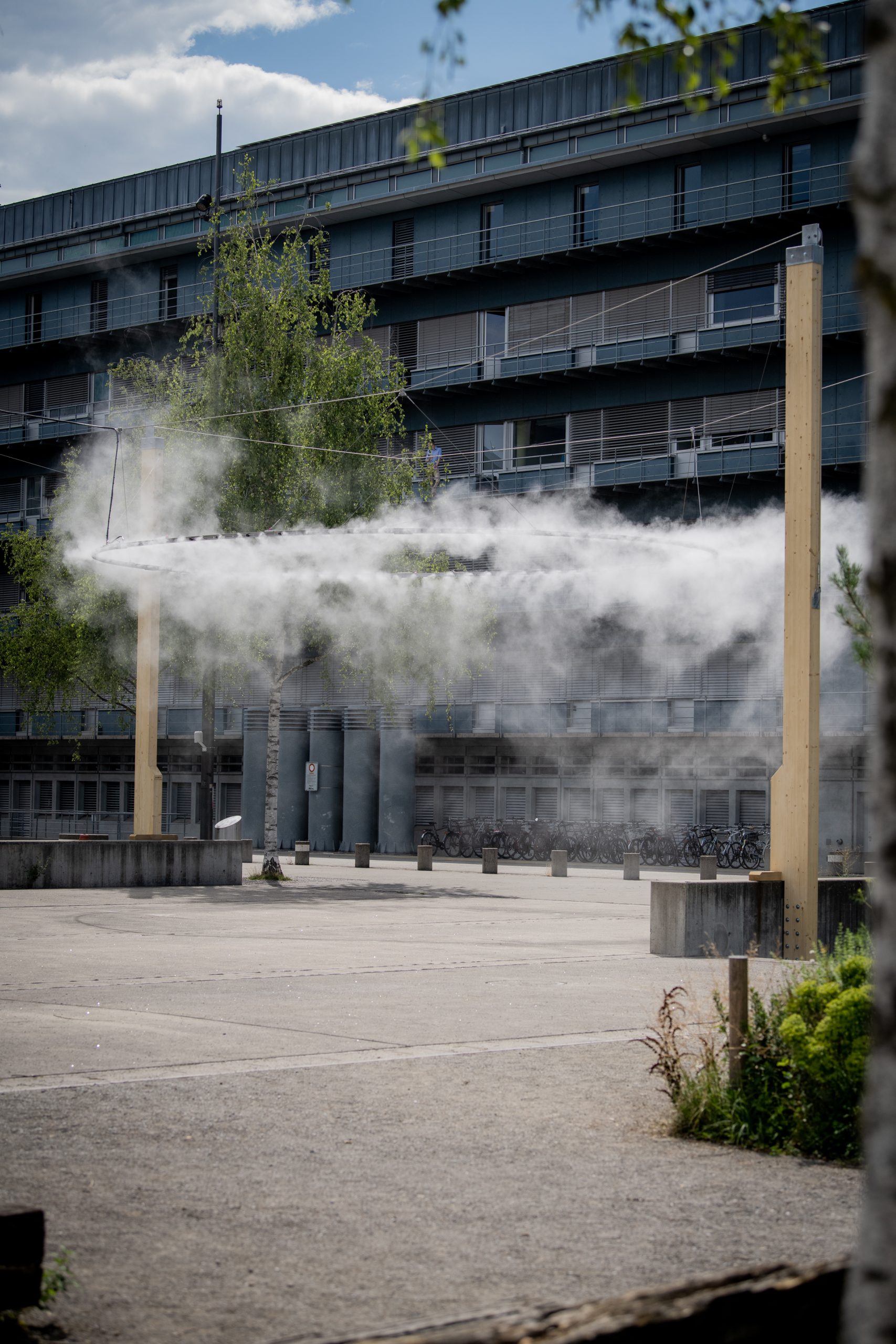Heat hotspot Zurich

The city of Zurich is endeavouring to meet the challenges of the heat with various measures. Credit: via pixabay
Billboard
Skyscrapper
Halfpage
Zurich was named the third most liveable city in the world by The Economist in 2022. In addition to architecture and landscape architecture, the city impresses with its innovative approach to the issue of heat. Here is an overview of the measures and projects in Zurich and why they are sometimes viewed critically.
The 2020-2023 implementation agenda for heat reduction
With the Implementation Agenda 2020-2023, Zurich has set itself a climate adaptation program to find solutions to combat overheating in the city, maintain the quality of life and protect the health of its residents. The specialist planning for heat reduction has three main objectives:
- avoidance of overheating in the entire urban area
- targeted relief for vulnerable urban areas
- preservation of the existing cold air system
The agenda serves as a guideline for urban development and open space planning projects, clarifies obligations and provides an overview of objectives, principles, costs and financing.
Catalog of measures and planning tool
The catalog of measures includes legal requirements and instruments binding on the authorities as well as urban strategies and concepts. It is used in building and civil engineering projects as well as in advising planners and owners.
The Air, Climate and Radiation Department of the Office for Waste, Water, Energy and Air has also developed the “Heat in urban areas” planning tool. This tool offers specific measures for various properties, including green roofs and façades, shading of streets, rainwater retention and the implementation of water features.
Lighthouse project: Zwhatt
The pioneering Zwhatt project is being implemented in the “Bahnhof Nord” development area as part of the “Adaptation to climate change” pilot program. The project aims to create a low-car zone with a public transport share of 60%, 1,700 bicycle parking spaces and sharing options. Up to two thirds of the energy requirements are to be covered by photovoltaic systems and the use of groundwater. A promenade ensures the circulation of cold air and must not be built underneath.
The project requires a high level of coordination and self-critical reflection phases. Challenges such as limit values and regulations were identified, which often stand in the way of new concepts.
Pilot project: Turbinenplatz
In 2022, an aluminum ring with fog nozzles was installed on Turbinenplatz in the Escher-Wyss-Areal, which sprays a fine mist at temperatures above 30 degrees. This installation is intended to cool the square by up to ten degrees. The project has been received positively, but is also viewed critically as it is only a short-term solution.
“Cool Down Zurich” exhibition
A free exhibition in the city nursery showed various measures to combat the heat. Visitors were able to learn how plants, water, shade and light surfaces can help cool temperatures. The importance of green spaces, trees and cold air currents was emphasized
Conclusion
Zurich relies on various innovative strategies and measures to reduce heat. Despite positive developments, there is criticism that many places in the city are still built of stone. Nevertheless, Zurich remains a leader in heat reduction compared to many other major cities. It will be exciting to see what results the measures will show in the future.
More on this topic in G+L 06/23
Published as part of the international Beat the Heat initiative.












